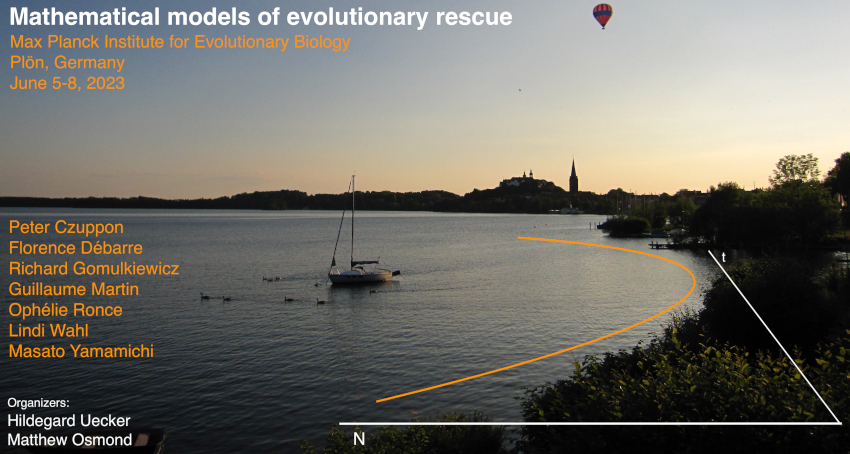Speaker
Description
Bacterial populations face bottlenecks during infection of host populations, caused by factors such as transmission of pathogens, host immune response, and antibiotic treatment. Bottlenecks can increase the influence of random effects during bacterial evolution and directly affect the diversity of resistance alleles. Despite the importance of bottlenecks in resistance evolution, their role in the evolutionary paths to resistance is not fully understood. Recent experiments (Mahrt et al. 2021) have shown the relevance of the interplay between bottlenecks and antibiotic-induced selection in resistance evolution. This study found that strong bottlenecks led to more diversity in the mutant outcomes, while weak bottlenecks led to higher levels of resistance and less diversity in the outcomes. Low fitness mutants were more frequent when the bottleneck size was low, while high fitness mutants were more common with large bottleneck sizes. These results align with previous findings reported in Garoff et al. 2020. To explain these phenomena, we propose a mathematical model that explores the role of stochasticity in the interplay between bottleneck size and antibiotic-induced selection in resistance evolution. Our model consists of a multi-strain birth-death-mutation process that incorporates the competitive Lotka-Volterra equations to describe resource competition between strains. Each strain follows a Baranyi growth law, i.e., they experience a lag phase before entering the exponential growth phase. In this presentation, we will demonstrate how stochasticity is a crucial factor in explaining the coupling effect between bottleneck size and antibiotic-induced selection, as well as its role in the emergence of low and high fitness mutants.

